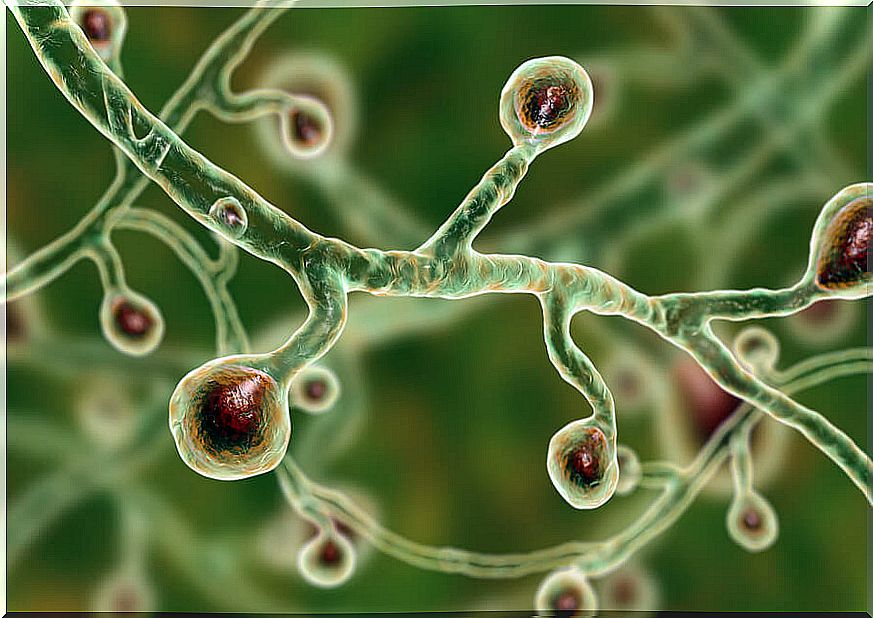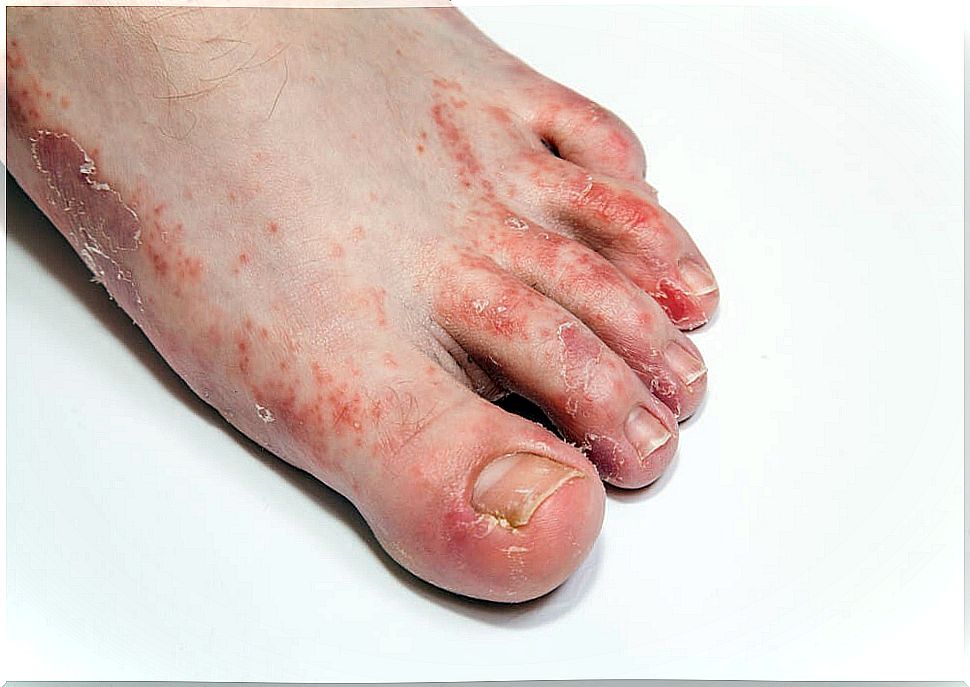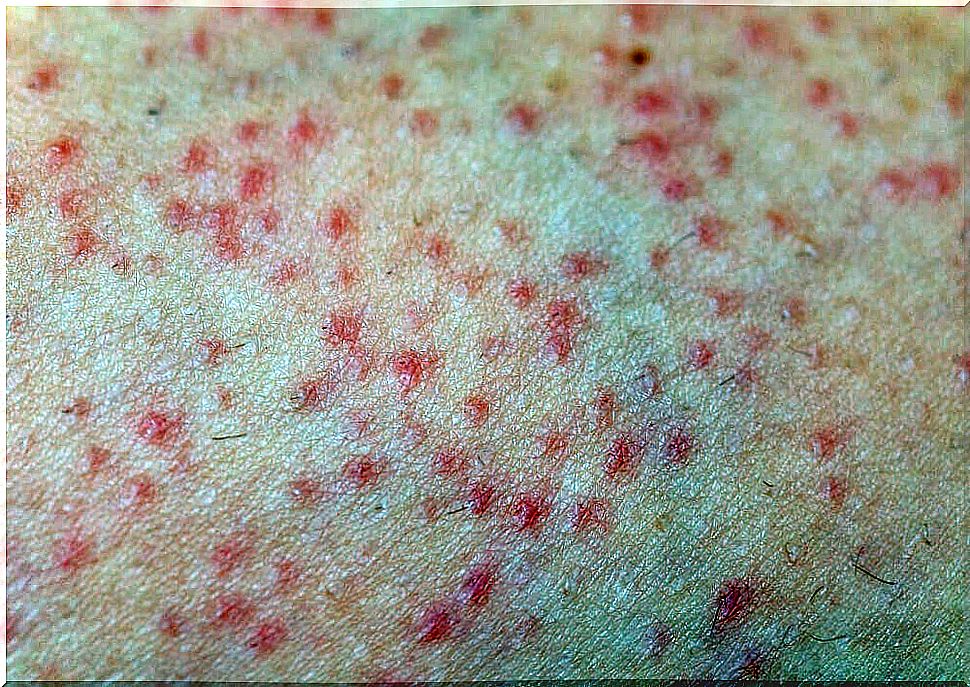Fungal Skin Diseases
Most fungal skin diseases are not of considerable severity. However, they are a source of great discomfort and considerable aesthetic and psychosocial effects.

There are several skin diseases caused by fungi. Technically they are called, generically, cutaneous mycoses. They are very common, but rarely have serious consequences or lead to more serious problems.
Keep reading and learn about the main conditions that these microorganisms produce. Take note!
Main skin diseases caused by fungi
Skin diseases caused by fungi are more frequent during the summer or in hot climates with high humidity at the same time. They can be located anywhere on the skin. In general, they are classified as superficial and deep.
The fungi are often transmitted by domestic animals, such as dogs or cats. It is also common for water to house these microorganisms, which can lead to skin diseases. In addition, people with low defenses are more prone to contracting these types of infections.
The skin diseases caused by fungi that you should know are the following:
Tub

Ringworm corresponds to a group of skin diseases caused by fungi, whose technical name is dermatophytosis. These are superficial conditions that affect the epidermis and related areas, such as nails and hair.
Ringworm can affect any part of the body. The most common forms are those that occur on the nails (onychomycosis), groin, feet (athlete’s foot) and scalp. The clinical picture of these conditions ranges from mild symptoms to more serious injuries.
Let’s see the general characteristics of the main types of ringworm:
- Ringworm of nails or onychomycosis. Its main characteristic is the yellowish, thick and deformed nail. It spreads easily to the other nails and is most common on the feet. Eradication could take up to a year.
- Jock itch. It is caused by the fungus Tinea cruris and consists of a red rash around the groin. It is itchy and is usually caused by sweating. It is more common in obese people, athletes or those who wear tight clothing.
- Ringworm on the feet (athlete’s foot). It mainly affects the interdigital spaces, but in almost half of the cases it is also present on the sole and lateral edges of the foot. The affected area appears whitish, peeling, and has a bad odor.
- Ringworm on the scalp. It is very contagious and quite persistent. It causes itching, hair loss in some areas, round and scaly lesions and sometimes black spots on the scalp.
Candidiasis
Candidiasis is another of the skin diseases caused by fungi. In particular, by the fungus Candida albicans . It affects the skin, nails, and mucous membranes. Although it can affect almost any area of the body, it is more common in warm, humid and folds.
Candida is the most common cause of diaper rash. In this case, the skin presents bright red patches in the groin area and buttocks. There is also inflammation, pustules, and superficial scaling.
Candida can also cause nail infections, or onychomycosis, and the corners of the mouth. Likewise, it appears within the oral cavity, from where it can spread to the esophagus. Genital yeast infection is also common.
Folliculitis

Folliculitis is the inflammation of the hair follicles. It is produced by bacteria, but also by fungi. In particular, by the fungus Pityrosporum . Typically, it initially manifests as small red bumps, or white-headed pimples, around the follicles.
If the infection spreads, incurable scaly sores appear. Generally speaking, the disease does not pose any serious risk. However, it causes itching and pain, and also has cosmetic consequences.
If the disease becomes severe, it may cause permanent hair loss and scarring. It occurs more frequently in young adults, especially if they have diabetes or have been treated with corticosteroids and / or antibiotics.
Pityriasis versicolor
Pityriasis versicolor is a superficial infection of the skin. It is produced by the proliferation of the fungus known as Malassezia furfur . This is a yeast commonly found on the skin. This is one of the skin diseases that is not considered contagious.
Pityriasis versicolor manifests itself in different ways, depending on the climate. In cold weather, irregular tan or brown spots appear, which flake easily. With heat, the spots become more visible and take on a whitish color.
In many cases, the disease does not produce any other symptoms. However, it is not uncommon for it to be itchy and flaky. It is common among young adults and adolescents. Immunosuppression is the main risk factor.
Finally, it should be remembered that in the event of any symptoms of a possible fungal infection, it is advisable to see your doctor. He will be able to accurately determine the diagnosis and apply the most recommended treatment in each case.









